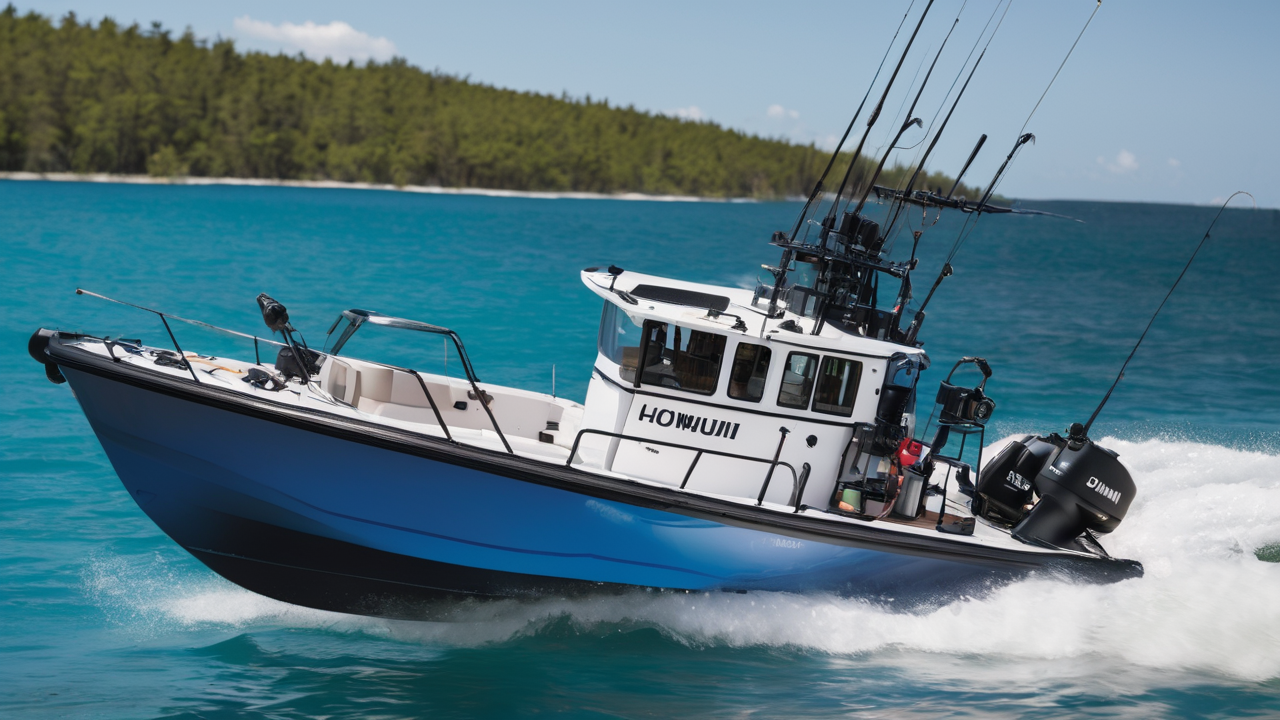The Best Marine Two-Way Radios: Features and Recommendations
Understanding the Key Features of Marine Two-Way Radios
Marine two-way radios are vital for boaters. They offer reliable communication on water. Key features include:

- Waterproof design
- Long battery life
- Clear audio quality
- GPS capabilities
- Emergency channels
- Floating design
These radios are built to withstand harsh marine conditions. They can float if dropped in water. This makes them easy to retrieve. Most have a bright color for visibility. Battery life is crucial for long trips. Many models offer 10+ hours of use. Clear audio helps in noisy environments. GPS features aid in navigation and safety. Emergency channels provide quick access to help if needed.
How to Select the Right Marine Two-Way Radio for Your Boat
Choosing the right marine radio depends on your needs. Consider these factors:
- Boat size and type
- Typical sailing distance
- Number of crew members
- Budget
- Additional features needed
For small boats in coastal waters, a handheld VHF radio may suffice. Larger vessels need fixed-mount radios with more power. Long-distance sailors should consider SSB radios. Think about how many people need to use the radio. Some models allow multiple handsets. Set a budget, but don't skimp on safety features. Extra features like weather alerts can be useful. Always check for waterproof ratings and battery life.
Expert Recommendations: Top Picks for Marine Communication
Experts recommend several top marine two-way radios:
- Standard Horizon HX870
- ICOM M93D
- Uniden MHS75
- Cobra MRHH350FLT
- Garmin InReach Mini
The Standard Horizon HX870 offers excellent range and GPS. ICOM M93D has clear audio and easy controls. Uniden MHS75 is budget-friendly with good performance. Cobra MRHH350FLT floats and has a built-in flashlight. Garmin InReach Mini provides satellite messaging. Each radio has unique strengths. Choose based on your specific needs and budget.
Integrating Marine Two-Way Radios into Your Boating Experience
Setting Up and Maintaining Your Marine Two-Way Radio
Proper setup and maintenance ensure your radio works when needed. Follow these steps:

- Read the manual thoroughly
- Charge the battery fully before first use
- Program important channels
- Test the radio before each trip
- Keep it clean and dry
- Store in a cool, dry place when not in use
Regular maintenance is key. Clean the radio with fresh water after exposure to salt. Check and replace batteries as needed. Update software if applicable. Test all functions regularly. If issues arise, consult the manual or a professional. Proper care extends the life of your radio.
Best Practices for Using Two-Way Radios on the Sea
Using a marine radio effectively requires practice. Follow these tips:
- Learn proper radio etiquette
- Keep messages short and clear
- Use standard marine phrases
- Listen before transmitting
- State your vessel name and position
- Use channel 16 for emergencies only
- Practice using the radio in calm conditions
Familiarize yourself with marine radio protocols. This helps in emergencies. Speak clearly and slowly. Avoid unnecessary chatter. Know how to make distress calls. Regular practice improves your skills. This can be crucial in high-stress situations.
The Importance of Reliable Communication for Boating Safety
Reliable communication is vital for boating safety. Marine radios serve several key purposes:
- Emergency assistance
- Weather updates
- Navigation information
- Coordination with other vessels
- Port and marina communications
In emergencies, a working radio can save lives. It allows you to call for help quickly. Weather alerts help you avoid dangerous conditions. Talking to other boats prevents collisions. Marinas use radios for docking instructions. Always have a backup power source for your radio. Safety should be the top priority on any boating trip.
Advanced Marine Two-Way Radios: Maximizing Your Communication Capabilities
Innovations in Marine Two-Way Radio Technology
Marine radio technology is advancing rapidly. New features include:

- Digital Selective Calling (DSC)
- Integrated AIS receivers
- Smartphone connectivity
- Voice recording
- Noise cancellation
- Multi-station intercom systems
DSC allows automated distress signals with GPS location. AIS helps track nearby vessels. Some radios connect to apps for extended features. Voice recording aids in message playback. Noise cancellation improves audio in loud environments. Intercom systems enable communication throughout larger boats. These innovations enhance safety and convenience for boaters.
The Future of Marine Communication: Trends and Predictions
The future of marine communication looks promising. Experts predict several trends:
- Increased integration with other onboard systems
- Improved satellite communication capabilities
- Enhanced voice recognition technology
- Artificial intelligence for automated responses
- Augmented reality displays for navigation
- 5G connectivity for high-speed data transfer
These advancements will make communication more reliable and intuitive. AI could help automate distress responses. AR displays might show real-time data overlays. 5G could enable video calls from sea. The goal is to make boating safer and more connected. However, traditional radio skills will remain important for safety.
Comparative Analysis: Top Marine Two-Way Radios in the Market
Let's compare top marine radios in the market:
- Standard Horizon HX870: Best overall performance
- ICOM M93D: Superior audio quality
- Uniden MHS75: Best budget option
- Cobra MRHH350FLT: Most durable design
- Garmin InReach Mini: Best for remote areas
The Standard Horizon HX870 offers the best balance of features and price. ICOM M93D excels in noisy environments. Uniden MHS75 provides good value for casual boaters. Cobra MRHH350FLT stands out for its rugged build. Garmin InReach Mini is ideal for offshore sailing. Consider your specific needs when choosing. Remember, the best radio is the one you can use effectively in an emergency.


